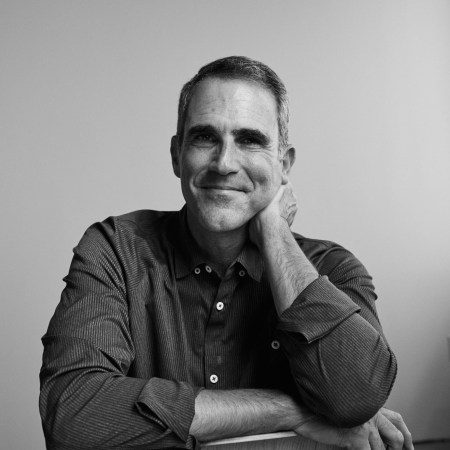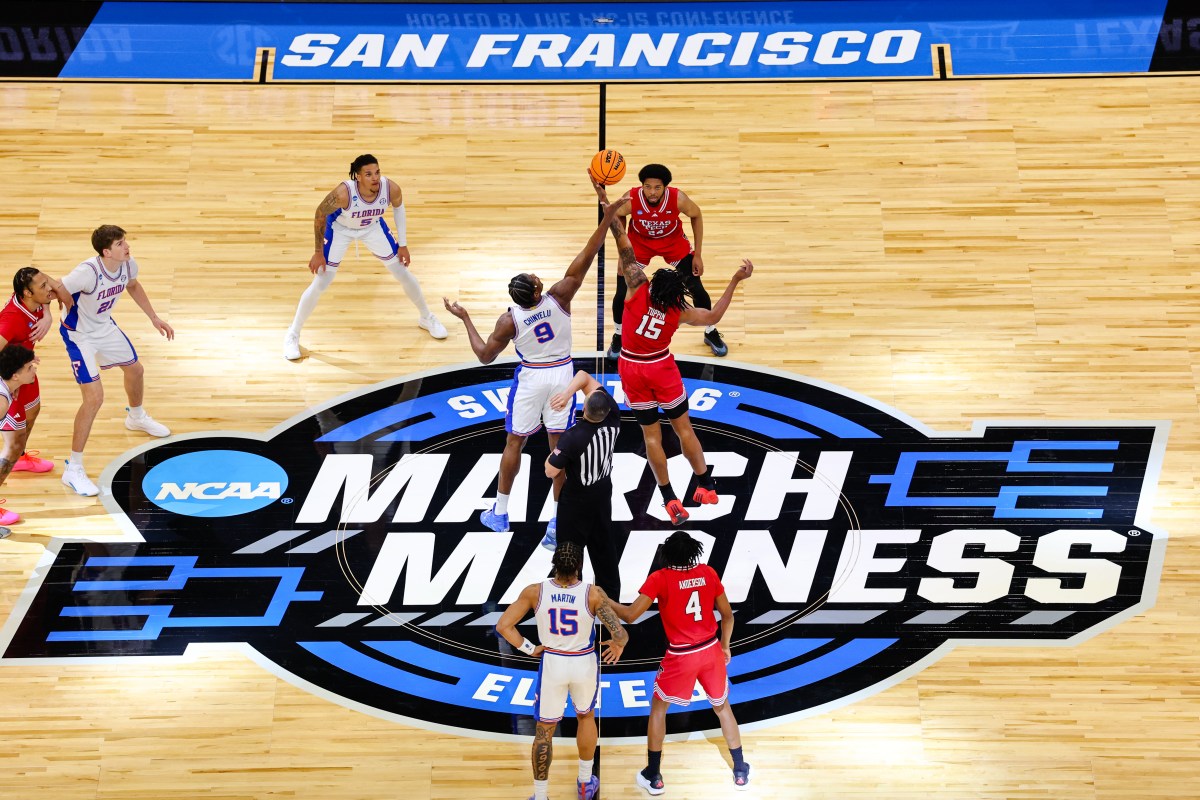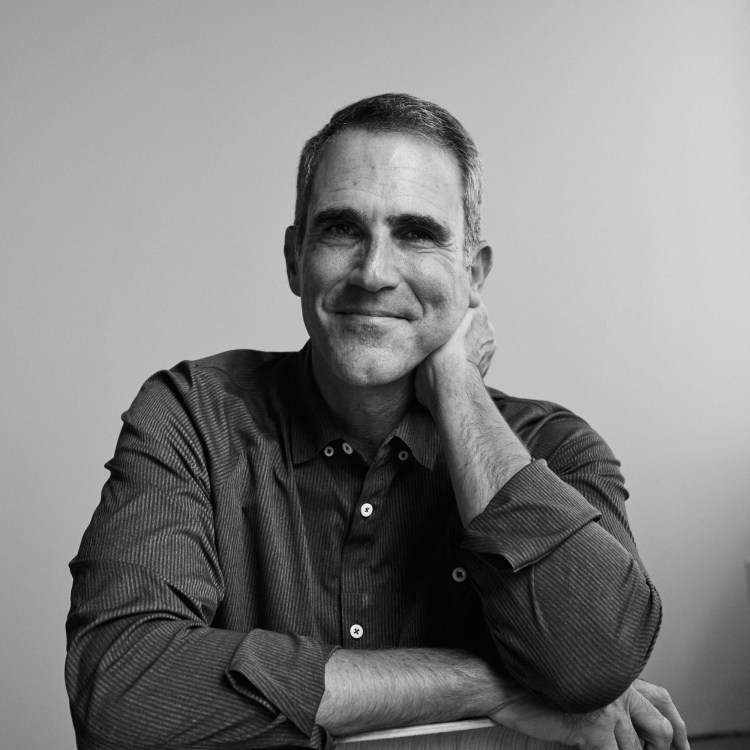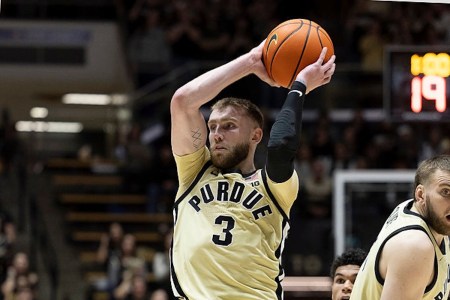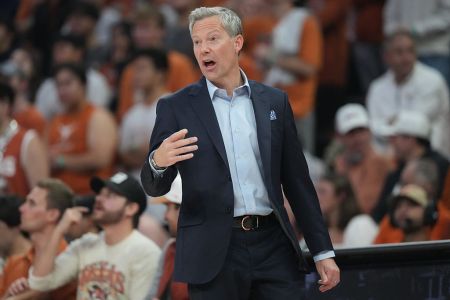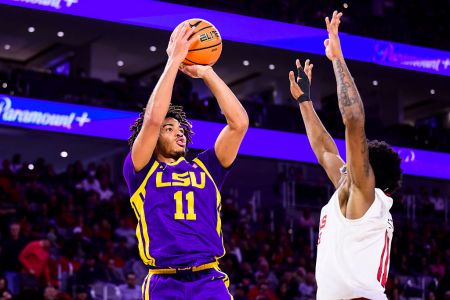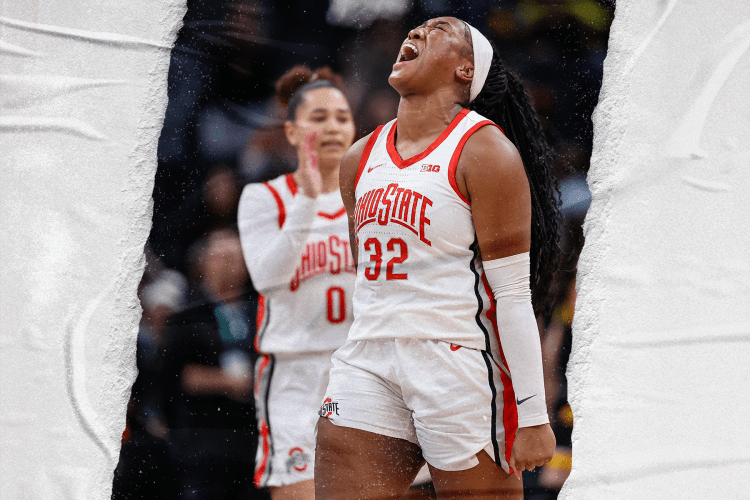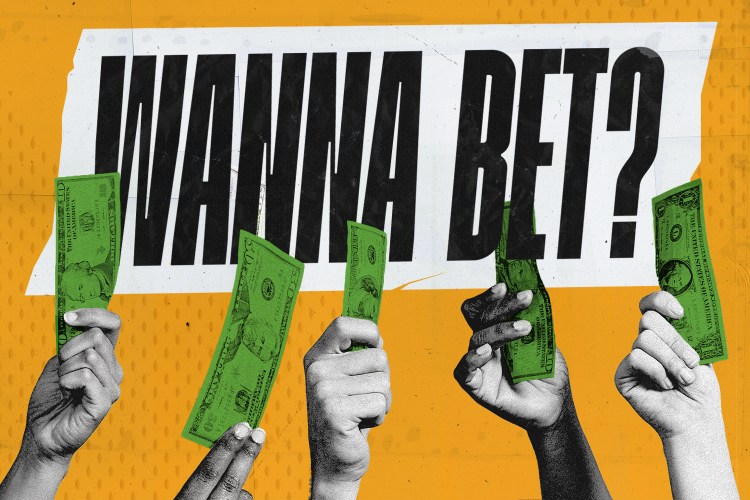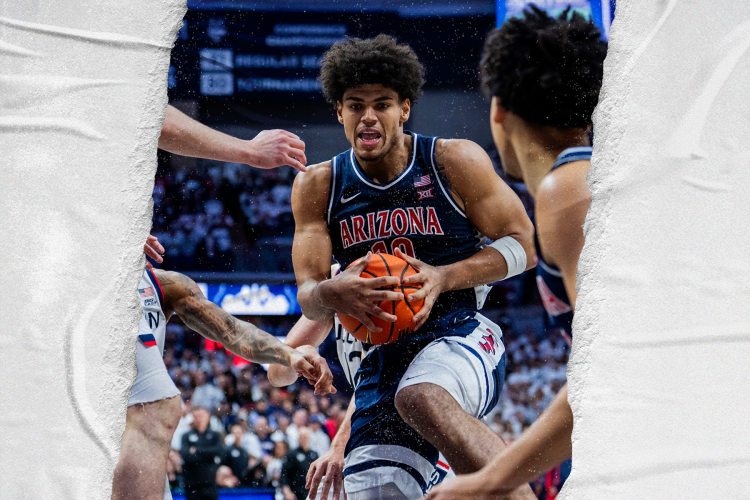During the spring of 2022, Nijel Pack, a sophomore guard at Kansas State, transferred to Miami. Transfers were already becoming rampant, so the news itself wasn’t that remarkable. What was notable, however, was the revelation that Pack had signed a two-year $800,000 Name, Image and Likeness (NIL) contract with LifeWallet, a medical claim technology company whose founder and CEO, John Ruiz, was a Miami booster. The investment paid off the following March when Pack led the Hurricanes to the Final Four.
Players were starting to make money through NIL deals, but at the time that amount seemed astronomical. The market has since exploded. The money for Pack that seemed so shocking just three years ago would be considered the bare minimum for a power conference starter in today’s environment. Last year, the top basketball players in the transfer portal commanded $2 million. This year, they got closer to $4 million.
Ever since the NCAA adopted the new NIL rules (or lack thereof) in response to the Supreme Court’s unanimous 2021 ruling in NCAA v. Alston, which found that the NCAA violated antitrust law, college athletes have benefited from an overheated sellers’ market. Things are about to cool off considerably. As a result of the settlement that was recently approved in the landmark House v. NCAA case, a new system of revenue sharing will begin on July 1. If the system works as it is currently designed — a big “if” if ever there was one — then it will result in a substantial reduction of compensation for players, which could mean that far fewer will go portaling in the future.
“It’s going to be a complete 180,” Florida men’s basketball coach Todd Golden told Hoops HQ. “As soon as this next cycle starts, guys are going to be making 10 to 20 percent of what they’ve been making these last two years. It’s going to be a challenge to explain to them and for them to understand why that’s happening.”
Each school that opts into the settlement (and the vast majority already have) is permitted to share up to $20.5 million across all sports in year one. (The amount will tick up in coming years.) Most schools will share roughly 70 percent of those dollars with football. That leaves about 15 percent for men’s basketball and 15 percent for the remaining sports.
“As soon as this next cycle starts, guys are going to be making 10 to 20 percent of what they’ve been making these last two years. It’s going to be a challenge to explain to them and for them to understand why that’s happening.”
Florida coach Todd Golden
How does that translate in real numbers? According to estimates provided by Blake Lawrence, the CEO of Opendorse, a data company which has been helping dozens of schools build financial models, the entire revenue sharing payroll for a typical power conference team will be less than $5 million. Lawrence projects that the average SEC team will have roughly $3.5 million to share with all of its men’s basketball players. That’s less than the $4 million that Texas Tech forward J.T. Toppin reportedly received when he decided in April to withdraw his name from the NBA Draft and return for his junior year. Toppin will be one of many Texas Tech athletes (including softball pitcher NiJaree Canady, who is being paid a reported $1 million per year) who will benefit from the largesse of Cody Campbell, a former Red Raiders offensive lineman who became a billionaire in the oil business. Those transactions have nothing to do with NIL and everything to do with recruiting, making them prime examples of the type of arrangements that will not be permitted moving forward.
But athletes can make up the difference with side deals, correct? Not so fast. As a result of the settlement, any NIL deal valued at $600 or above must be entered into an algorithm created by the accounting and consulting company Deloitte, whose NIL Go software platform will crunch the numbers and decide whether that deal is truly reflective of a player’s market value. During presentations over the last couple of months to schools and conferences, representatives of Deloitte have said that they would have voided roughly 70 percent of deals that have been negotiated with NIL collectives in the past. Some 90 percent of the deals struck with outside companies would have been approved, but that the vast majority of those were for under $100,000.
Since everyone around college sports knew these changes were coming, they have been scrambling the last few months to negotiate highly lucrative contracts. That’s why the numbers got so high so fast.
If all of this goes according to plan — did we mention that’s a big “if”? — then it will provide much relief for men’s basketball programs that have had a hard time keeping up with the prodigious budgets at Kentucky, Duke, BYU, Arkansas and the like. “There are always going to people that are going to have more than others, but does it bring everybody closer to a more even number? Yeah,” Wake Forest coach Steve Forbes, who serves on the NCAA’s Men’s Basketball Oversight Committee, told Hoops HQ. “It’s really up to us coaches. If we want to have guardrails and rules, then we have to go by the new rules. I’ve always been for the players being compensated, but it’s got to be realistic.”
The legal challenges have already begun, and there will be many more to come. Most of those will center on the question of whether these salary caps violate antitrust law. That will be determined by the courts, but it’s worth nothing that the whole reason the settlement was crafted was because the judge who presided over the case, Claudia Wilken, had determined both in this case as well as O’Bannon v. NCAA that the NCAA’s rules violated antitrust law. When objections were raised during various points of the settlement hearings, Judge Wilken dismissed them. It is hard to imagine that the one person who has done the most to dismantle the NCAA’s antiquated amateurism rules would approve an illegal settlement.
Judge Wilken’s reasoning lies in the argument that while the $20.5 million salary cap represents roughly 22 percent of revenue that schools make from athletics, the amount shared with players is closer to 50 percent when other expenses such as scholarships, housing, food and travel are factored in. “The judge has already overruled the objection that this is an illegal salary cap,” Steve Berman, who is one of the lead attorneys representing the players, told Hoops HQ. “Someone would have to argue with a straight face that this is an antitrust violation because this 50 percent revenue sharing isn’t good enough. That is a very hard claim to make given that it is the exact same revenue model in professional sports.”
Yes, but won’t everyone just cheat like they always did to get around the rules and earn a competitive advantage? There has already been much scuttlebut that coaches will broker under-the-table deals and advise players not to report them into NIL Go. No doubt a few will try, but this is not the old days, where the bumbling, stumbling NCAA was assigned the impossible task of enforcing a set of bad rules. The NCAA — what’s left of it, anyway — will have no role in enforcment. Instead, that will fall to the newly formed College Sports Commission, which was created by the power conferences and will be headed up by Bryan Seeley, a former U.S. Attorney who was the Vice President of Investigations for Major League Baseball. If Deloitte voids an NIL contract, the player and his representatives will have the right to appeal it. But if they do, the matter will be decided during an arbitration process in which Deloitte and the CSC will have subpoena authority that the NCAA’s enforcement staff could only dream of having. And because the NCAA and its schools also agreed to pay $2.8 billion in back pay as part of the settlement, they are deeply invested in this new setup. If they cheat, they would only be cheating on themselves.
The specifics of how this will work are still being ironed out, but the commissioners have made clear that they want the penalties for being caught to serve as a strong deterrent. Furthermore, power conference schools will soon sign an affiliation agreement which will require them to waive their right to file lawsuits to protest enforcement decisions and follow the new rules regardless of what their state laws say.
The message being communicated from the very top is clear: Failure is not an option. “The clearinghouse needs to work for the good of college athletics,” Baylor athletic director Mack Rhoades told Hoops HQ. “If it doesn’t, we’re not very smart because we just agreed to pay a lot of money.” Added Big East commissioner Val Ackerman, “I worked in the NBA for many years and I can tell you that in the pro leagues, they take cheating and salary cap circumvention very, very seriously and there are very strong penalties for cheaters.”
The glue that will hold this delicate new house together is the desire of everyone to bring order to the chaos of the last four years, and especially the last few months. “I’ve asked our university presidents and chancellors, our athletic directors, our head coaches, if you want an unregulated open system, just raise your hand and let me know. And universally the answer is no,” SEC commissioner Greg Sankey said in a conference call with reporters three days after Judge Wilken approved the settlement. “They’ve said, we want oversight, we want guardrails, we want structures. Those individuals … have a responsibility to take what they’ve asked for and make it work.”
Besides the antitrust question, the biggest variable is whether the NCAA will be legally allowed to enforce its own rules in the face of strong resistance from state legislatures and judges. That’s why the commissioners and NCAA president Charlie Baker have been furiously lobbying Congress to pass legislation that will give the NCAA some form or antitrust protection. But Congress — as Congress tends to do — has gotten mired in partisan bickering. Many Democrats in particular have objected to the compensation limits in the settlement and are thus reluctant to provide the legal protection the NCAA is requesting.
Of course, if the commissioners wanted to inoculate themselves against lawsuits (and save a lot of money on lawyer fees), they could make the athletes employees, allow them to unionize and negotiate a Collective Bargaining Agreement. But they remain steadfastly opposed, and the National Labor Relations Board, not to mention the anti-union Trump administration, has not seen fit to force the issue. Until and unless that step is taken, the House settlement will serve as a de facto CBA — provided, of course, that it holds up in court.
The new system will not be without its problems, but if there’s one thing everyone can agree on, it’s that it will be far preferable to the old one, which was no system at all. “We’ve been in an unregulated environment with no rules and no enforcement,” ACC commissioner Jim Phillips said. “We’re now going to have a foundation and structure laying out those rules.”
Whether all this comes off as designed remains to be seen, but there is no doubt that a new era has dawned. Colleges are finally compensating their athletes, but if the players are expecting that the big money will continue to flow, they are in for a huge surprise.
